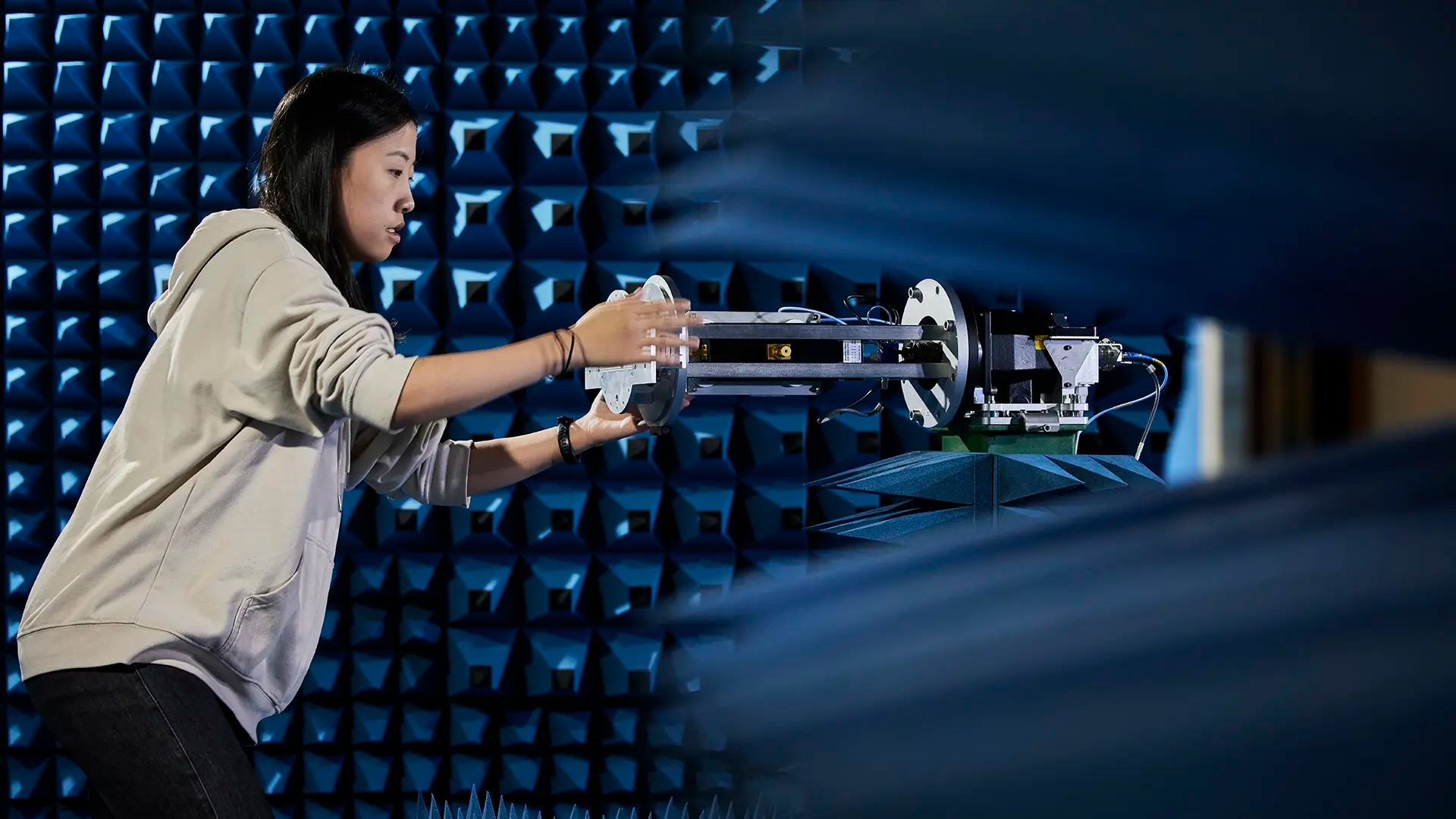
The division of Communications, Antennas, and Optical Networks (CAOS) comprise three research groups:
The division focus on wireless and optical technologies for communication and sensing, including radar and positioning, with the aim to facilitate sustainability in the broad sense. Examples of projects relate to design, manufacturing, and measurements of antenna systems for sensing and communication; signal processing for hardware constrained communication; algorithms for communication and sensing in future generation (6G) systems; optical communication transmitter and receiver algorithms; security, design, and operation of optical network infrastructure; quantum Internet; machine learning and artificial intelligence for communications, sensing, and security. The division has project on fundamentals (materials, information theory, coding theory, etcetera) as well as on applications.
CAOS’ research targets key questions for a sustainable future in the broad sense. This includes communication and sensing systems that are inherently sustainable and enable sustainable applications. For instance, there is no doubt that communication technology can be used to reduce business travel and the resources for example energy which required for this. However, it is important to control the environmental impact of the communication infrastructure to realise a net gain in sustainability.
The division’s research on security and privacy are of increasing importance as the technology for communication and surveillance becomes more powerful. The unethical or criminal use of such systems can be devastating.
CAOS aims to contribute to solutions of today’s challenges with fundamental as well as application-driven research on antenna systems, communication systems, sensing systems, and optical communication infrastructure. Moreover, the division is active in training the future generation of engineers to design, implement, and operate technology in our domain. The division currently offers more than 20 courses for various programs on topics ranging from electronic circuit design to theory for machine learning. The division has a large presence in the master program Information and Communication Technology (MPICT). In addition to courses, CAOS is examiner of numerous bachelor and master thesis every year, most of which are conducted in collaboration with industry.
Researchers in the division lead or participate in several research centres hosted by Chalmers. Currently, the division is active in GHz-ChaseOn Bridge Center, FORCE, WASP, and CHAIR.
